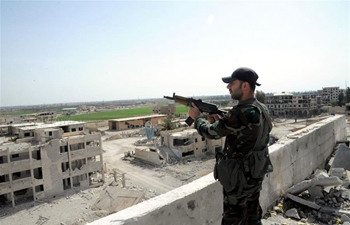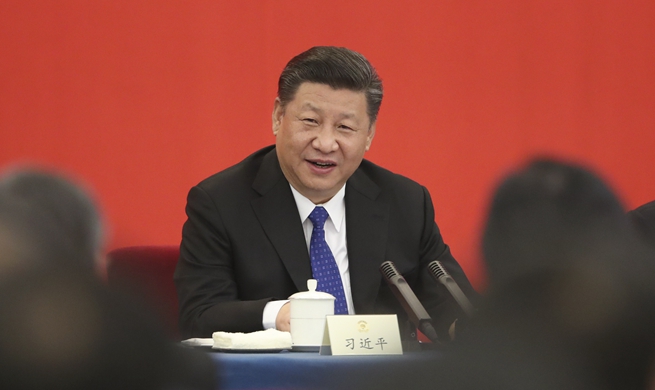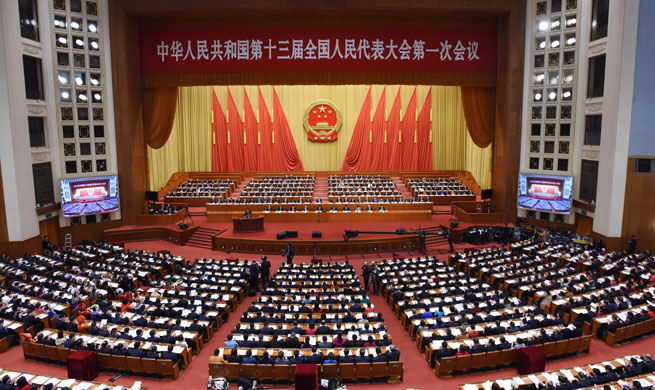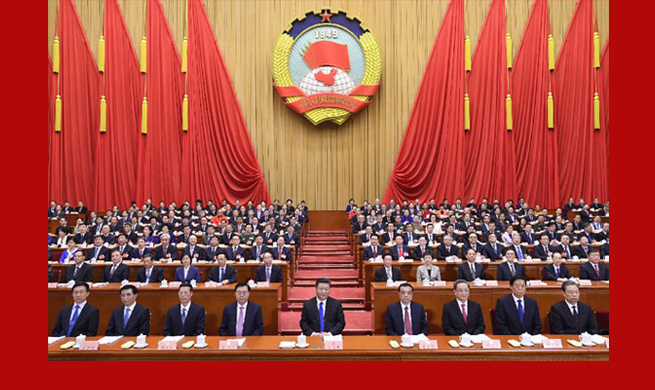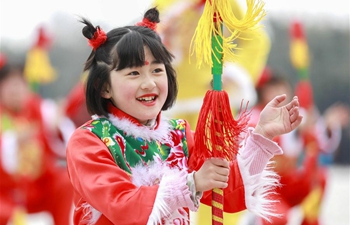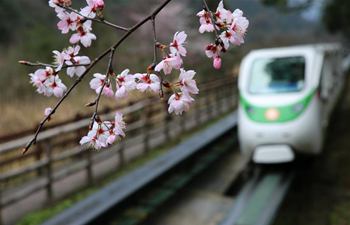ZHENGZHOU, March 5 (Xinhua) -- The urban share of the population in Henan, one of China's most populous provinces, has for the first time exceeded 50 percent, according to a report released Monday by local authorities.
The number of people registered as permanent residents in cities and towns in Henan, home to the largest rural population in China, reached 47.9 million in 2017, pushing the urbanization rate to 50.16 percent. In 2016 the figure was 48.5 percent.
Henan is known as China's granary, and produces about one-tenth of the total food in China. When China's urbanization rate surpassed 50 percent in 2011, Henan had only about 40 percent of permanent urban population.
Experts say the new share represents a historic moment for the agricultural province to transform into urban society.
"The employment market, civilization level and social welfare system will change fundamentally when urbanization is over 50 percent," said Wei Houkai, head of the Rural Development Institute at the Chinese Academy of Social Sciences.
Huang Jiusheng, a resident in Huangchuan County, has benefited from urbanization.
Having lived in dire poverty in the countryside since young, Huang left his hometown and became a migrant worker in the city when he was 18. Over the past years, he grew from a construction worker into a project manager in a big company and helped more than 10,000 rural residents find work in cities.
"Many of them have settled in the cities. They not only contributed to the development of urbanization, but also benefited from it," Huang said.
To drive up urbanization, Henan reformed the household registration system and published preferential policies in education, social and medical insurances for migrant workers living in the cities.
"The reform of the household registration system aims to eliminate the unfair treatment between urban residents and migrant workers so that everyone can enjoy our public services," said Zhang Changxing, head of the macro economic research institute in Henan.
China has been pushing forward urbanization to drive domestic consumption and investment. In 2015, permanent urban residents accounted for 56.1 percent of the country's population, and the rate is expected to hit 60 percent by 2020.
It is estimated that every percentage increase in urbanization can be translated into 3.7 percent growth in investment.








